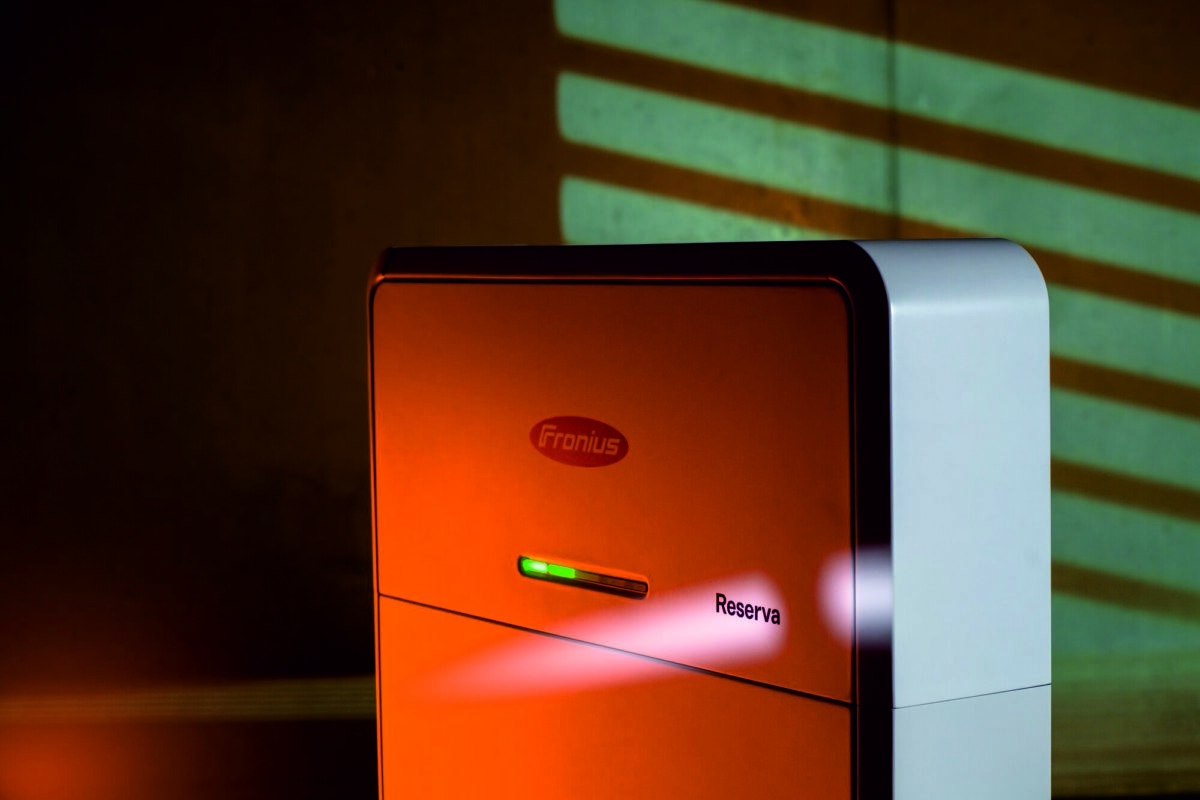An international research group has developed a novel intraday probabilistic forecast method for surface solar radiation.
The new methodology, dubbed SolarSTEPS, is reportedly the first probabilistic model that considers the advective motion of clouds, as well as their temporal variability.
“Current models do not capture the evolution of clouds over time, their growth, and dissipation, even though cloud evolution is a major source of forecast uncertainty,” the researchers said. “Clouds are the results of complex dynamical, thermodynamical, and chemical interactions. A purely advective forecast approach cannot capture these processes.”
The novel method starts with clear sky index maps, and estimates cloud motions using an algorithm. Then, the index maps are divided into several levels of data, to represent various spatial scales. Following that, the method employs an autoregressive (AR) model, simulating the temporal levels of the cloud. Finally, noise fields are computed to generate an ensemble of different forecasts, which derive probability density estimates.
The group compared the performance of SolarSTEPS with that of two reference models – probabilistic advection (PA) and SolarSTEPS without cascade (SSND). The test set comprises six consecutive days selected from each month, specifically, the fifth to the 10th day of each month in 2018, over Switzerland.
“In PA, the forecast ensemble is generated by perturbing the cloud motion field norm and direction. The perturbed motion fields are then used to advect the last input map in different ways,” the scientists explained. “In SSND, the forecast ensemble is generated by perturbing the autoregressive model with spatially correlated noise. No decomposition is performed, so only one AR model is used to simulate the temporal evolution of cloudiness.”
According to the results, SolarSTEPS yields a 9.3% improvement in ensemble forecast quality, compared to probabilistic advection, measured in normalized continuous ranked probability score (nCRPS). This corresponds to an extension of the forecast lead time by about 45 meters at a given level of forecast quality.
“We also show that predicting the cloud evolution at different scales further improves the forecast quality, as seen by comparing SolarSTEPS to SSND forecasts,” the researchers concluded. “Moreover, we demonstrate that incorporating a local covariance matrix in ensemble generation further improves the forecast quality because it accounts for local variability.”
They presented the new methodology in the paper “Intraday probabilistic forecasts of surface solar radiation with cloud scale-dependent autoregressive advection,” which was recently published in Applied Energy.
The scientists – from the Bern University of Applied Sciences, Switzerland’s Institute for Atmospheric and Climate Science, Federal Office of Meteorology and Climatology, and the Finnish Meteorological Institute – concluded by saying that “SolarSTEPS forecasts clearly yield improved forecast quality (lower nCRPS) when compared to probabilistic advection and SSND benchmark forecasts. The forecast quality improvements are particularly pronounced in cloudy and variable weather conditions.”
This content is protected by copyright and may not be reused. If you want to cooperate with us and would like to reuse some of our content, please contact: editors@pv-magazine.com.



By submitting this form you agree to pv magazine using your data for the purposes of publishing your comment.
Your personal data will only be disclosed or otherwise transmitted to third parties for the purposes of spam filtering or if this is necessary for technical maintenance of the website. Any other transfer to third parties will not take place unless this is justified on the basis of applicable data protection regulations or if pv magazine is legally obliged to do so.
You may revoke this consent at any time with effect for the future, in which case your personal data will be deleted immediately. Otherwise, your data will be deleted if pv magazine has processed your request or the purpose of data storage is fulfilled.
Further information on data privacy can be found in our Data Protection Policy.